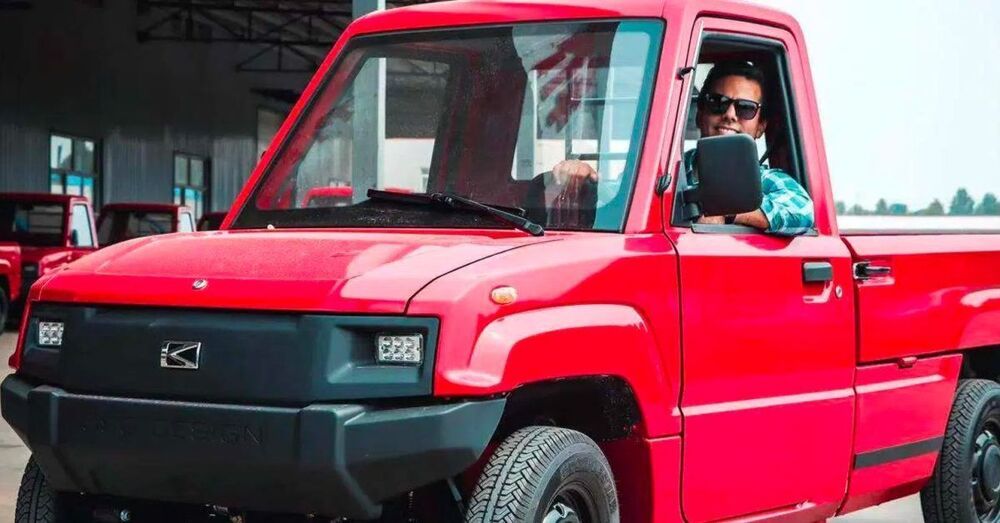Spiral galaxies are one of the most commonly known types of galaxy. Most people think of them as large round disks, and know that our Milky Way is counted among their number. What most people don’t realize is that many spiral galaxies have a type of warping effect that, when you look at them edge on, can make it seem like they are forming a wave. Now scientists, led by Xinlun Chen at the University of Virginia, have studied millions of stars in the Milky Way and begun to develop a picture of a “wave” passing through our own galaxy.
Since humans are not currently able to view the Milky Way in an edge-on orientation, they must resort to more brute force methods to develop models about the what, if any, wave our galaxy has. Luckily, scientists now have the tools to do so, in the form of the Sloan Digital Sky Survey and ESA’s Gaia satellite.
The method the team used was to try to identify and track the motions of as many stars as possible. To do this, they used the Apache Point Observatory Galactic Evolution Experiment (APOGEE) spectrograph, which is part of the SDSS. This preliminary data allowed them to look at both the chemical compositions as well as the motions of hundreds of thousands of stars. While this motion data was helpful in starting to form the picture of the Milky Way’s wave, it was not sufficient to complete it.








